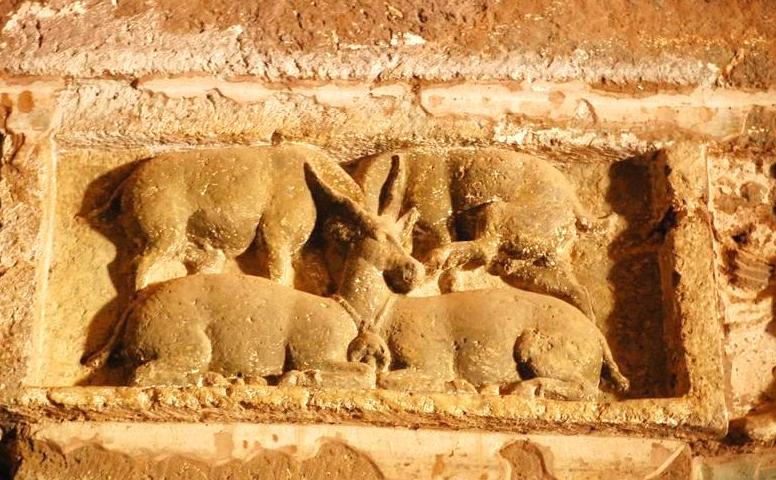In order to reach the Ajanta caves we drove through serpentine roads. On the way there was nothing much to see but thick forests all around us. Our Ajanta caves were nowhere in sight. A stream rambles along. Here and there we were able to see some bridges. The only signs of activity are the roads and the bridges. The Ajanta Caves can be found a distance of 104 kilometers. From Aurangabad it’s a cool three hours drive. The reason for this is the congested Aurangabad-Jalgaon highway which is two lane. It is also possible for you to reach the caves via Jalgaon.

The Ajanta caves were carved from top to bottom into the rock with the help of chisels and hammers in a valley shaped as a beautiful horseshoe near a river. It’s really very amazing to know that despite water damage and animals these paintings have managed to stay as they are for more than 2,000 years in some cases. The caves were draped with vegetation after the 600s. They were simply lost to human civilization for over 1000 years. It was only after 1000 years that they were discovered by the Britishers while hunting a tiger.

The caves of Ajanta have been classified into Chaityagrihas also known as prayer halls or Vihars. Vihars are also known as places of stay. From the entire prayer halls, cave numbers 9 & 10 are the oldest. These two caves were built around the 2nd century BC. These caves owe their adherence to the Hinayana phase of Buddhism. On the other hand the other caves were built during the Mahayana phase although.
The Ajanta caves were considered to be a UNESCO World Heritage Site in the year 1983. Every attraction has an impression of Buddhism in it.

